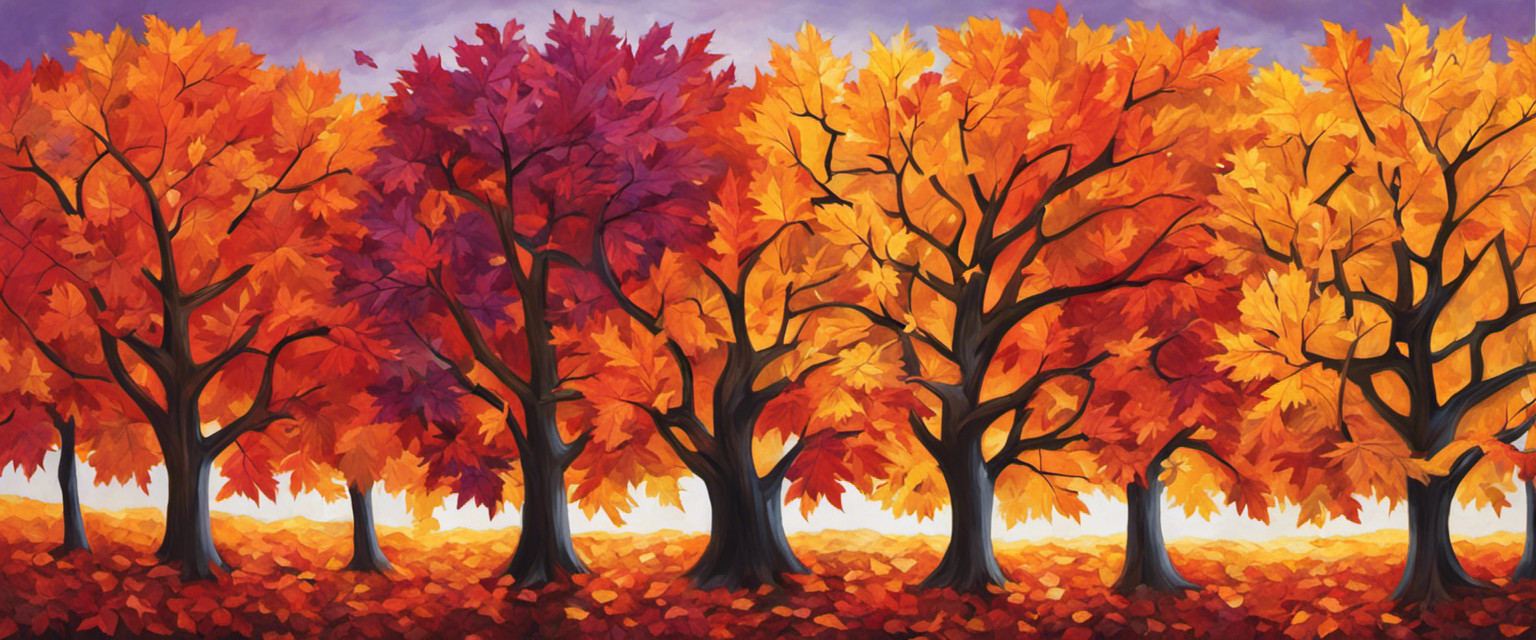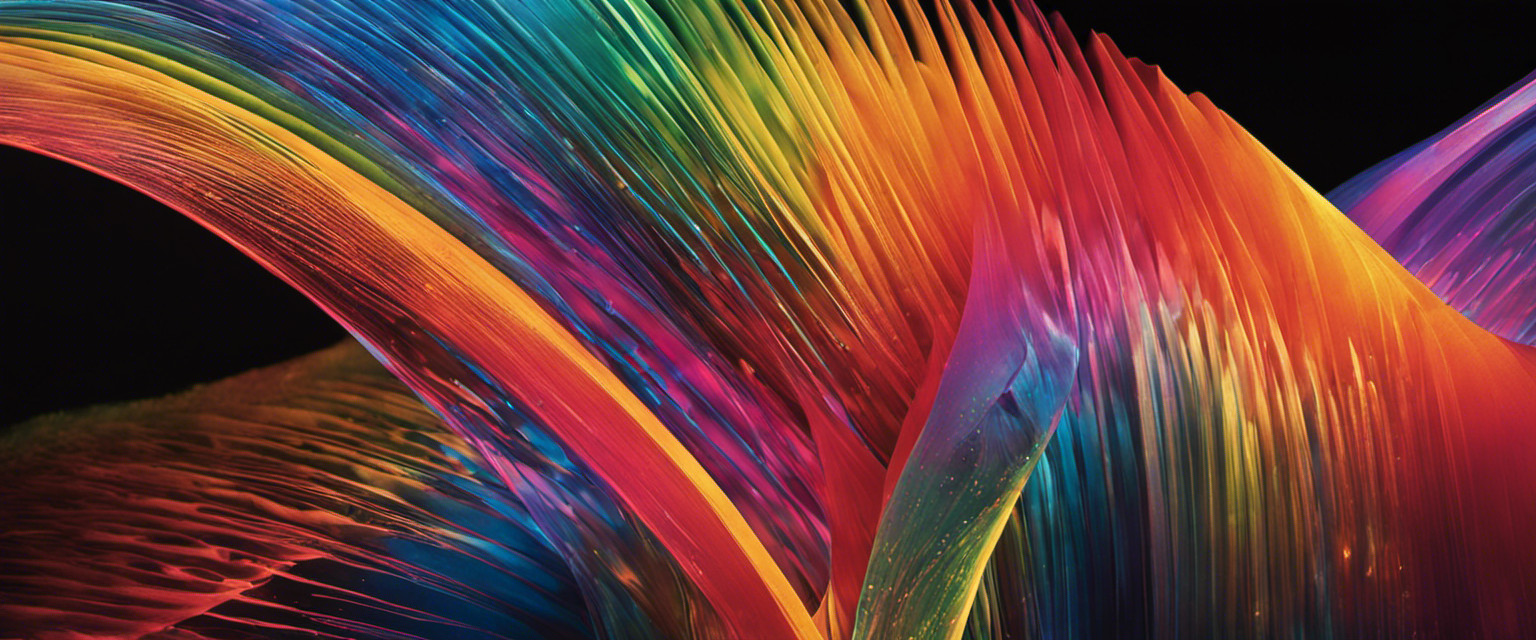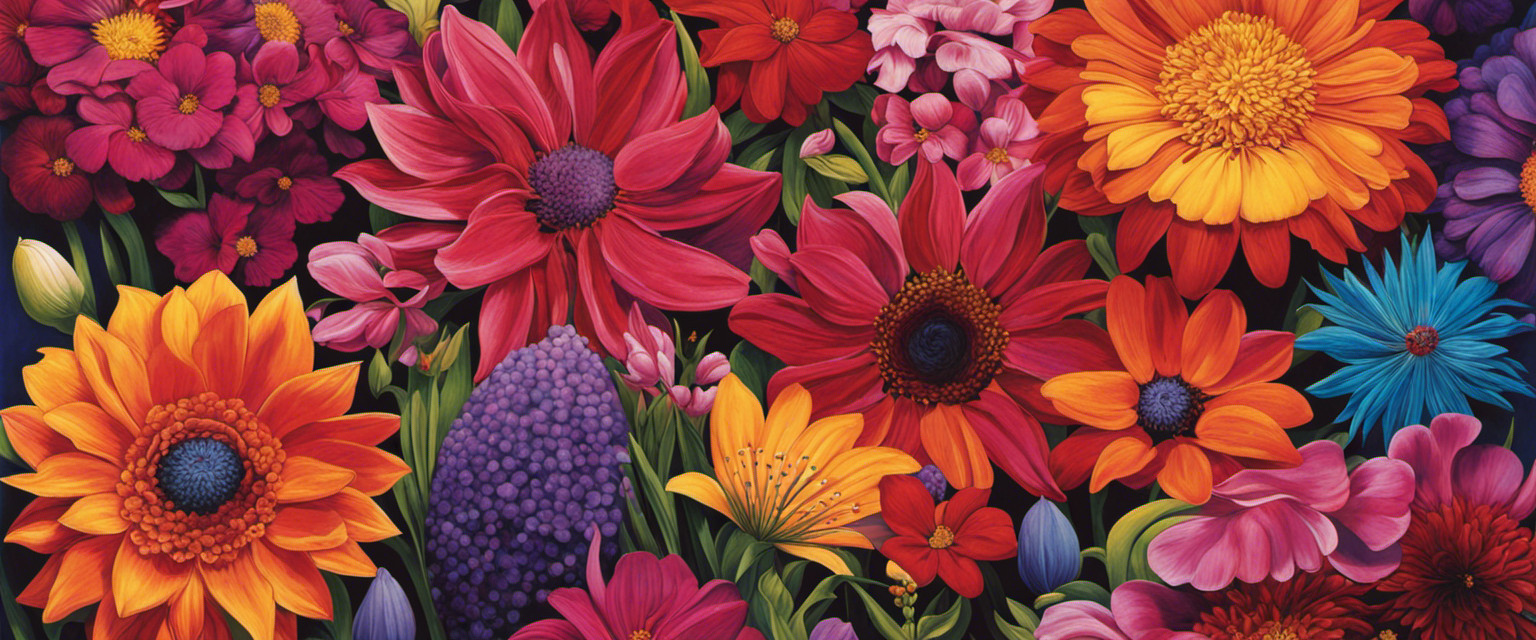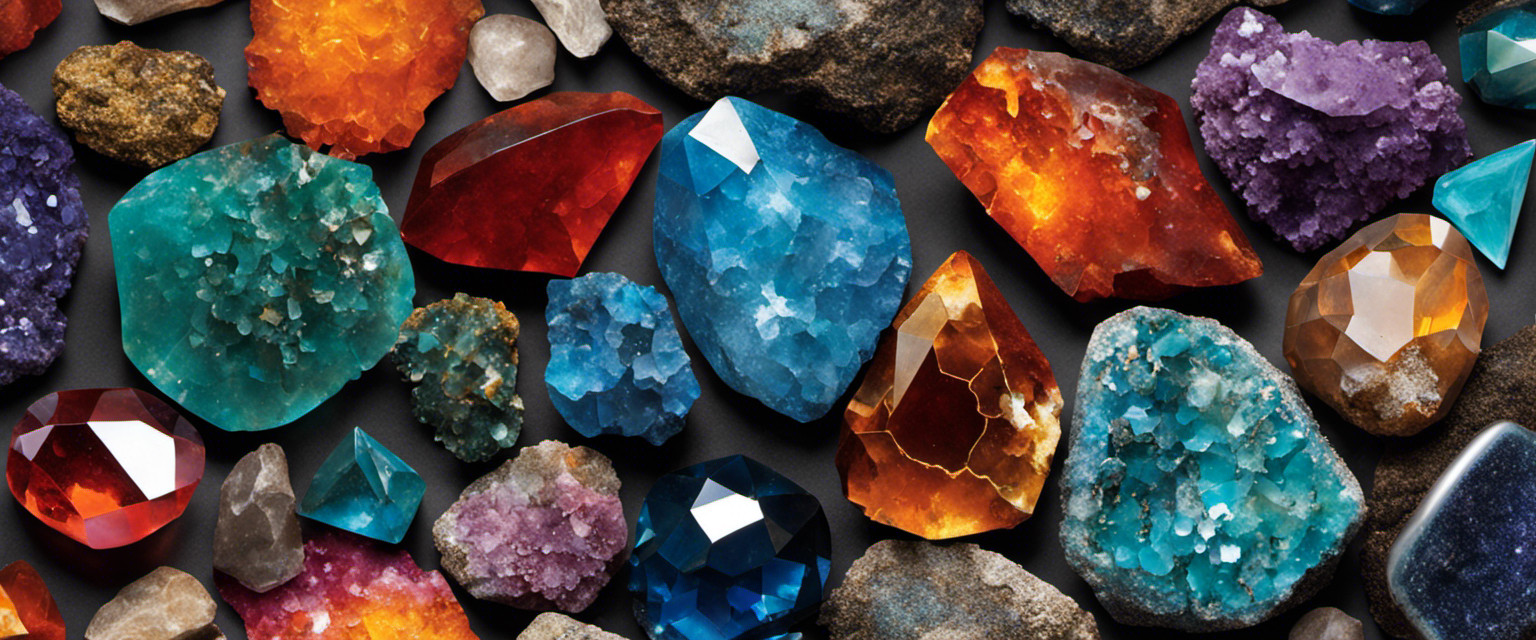Autumn leaves, with their vibrant hues of red, orange, and yellow, have long captivated observers. Understanding the underlying science behind this phenomenon can provide valuable insights into the natural world.
This article explores useless yet intriguing knowledge about the pigments responsible for the coloration of autumn leaves. By examining the chemical composition and biological processes at work, we can gain a deeper appreciation for nature’s artistry during this season.
Additionally, practical tips for preserving autumn leaves will be presented to further enhance our understanding and enjoyment of this annual spectacle.
Autumn History
The origin of fall colors in leaves can be traced back to a process known as leaf senescence, which involves the breakdown of chlorophyll and the production of other pigments such as carotenoids and anthocyanins. Chlorophyll is responsible for the green color in leaves during the growing season, but as temperatures drop and days become shorter, chlorophyll production slows down and eventually ceases. This allows other pigments to become visible, giving rise to the vibrant reds, oranges, and yellows characteristic of autumn foliage.
Apart from their biological significance, autumn colors hold cultural importance in many societies around the world. In some cultures, such as those found in East Asia, autumn is seen as a season of reflection and tranquility. The changing colors are often associated with notions of beauty, harmony, and impermanence. Autumn festivals are celebrated in various countries to honor this time of transition and celebrate nature’s cycles.
Understanding both the scientific origins behind fall colors and their cultural significance allows us to appreciate them on multiple levels. By studying leaf senescence processes at a molecular level, scientists continue to uncover new insights into this fascinating phenomenon. Likewise, exploring how different cultures interpret and celebrate autumn helps us recognize its universal appeal as a season that marks change and inspires contemplation.
Origin of Fall Colors
One explanation for the origin of fall colors is the breakdown of chlorophyll in leaves as a result of shorter daylight hours and cooler temperatures.
Chlorophyll, responsible for the green color in leaves during spring and summer, masks other pigments such as carotenoids and anthocyanins.
As seasonal changes occur, environmental factors trigger the degradation of chlorophyll, revealing these underlying pigments.
Carotenoids produce yellow and orange hues, while anthocyanins contribute to reds and purples in leaves during autumn.
Cultural Significance of Autumn
An analysis of cultural practices and traditions across various societies demonstrates the significance attached to the autumn season. Autumn traditions are deeply rooted in the symbolism of changing seasons, representing themes such as harvest, transition, and renewal.
These traditions often involve rituals and celebrations that commemorate the abundance of nature’s offerings before the onset of winter. The cultural significance of autumn reinforces a sense of connection to the natural world and serves as a reminder of our dependence on its cycles for sustenance and survival.
Main Explanation: Pigments in Autumn Leaves
Pigments found in autumn leaves play a crucial role in the vibrant colors observed during this season. One of the main processes responsible for these colors is anthocyanin production. Anthocyanins are responsible for reds, purples, and blues, while carotenoids contribute to yellows and oranges. As chlorophyll, the pigment responsible for green color, breaks down in response to decreasing sunlight and lower temperatures, other pigments such as carotenoids and anthocyanins become more visible.
Tips for Preserving Autumn Leaves
Preserving the vibrant colors of autumn leaves can be achieved by employing proper techniques. To ensure long-lasting beauty, follow these steps:
- Choose leaves that are in good condition and free from blemishes.
- Press the leaves between heavy books or use a flower press to remove moisture.
- Apply a preserving agent, such as glycerin solution, to maintain flexibility and color.
- Store the preserved leaves in a cool, dry place away from direct sunlight.
By following these preserving techniques, you can create stunning DIY autumn leaf crafts that will last for years to come.
Transitioning into the subsequent section about ‚final thoughts‘, it is important to consider these methods for preserving autumn leaves to fully appreciate their natural beauty.
Final Thoughts
Preservation techniques for autumn leaves play a crucial role in maintaining their vibrant colors and overall appearance. However, it is important to consider the potential impact of these techniques on ecosystems.
Chemical preservation methods may introduce harmful substances into the environment, affecting soil quality and potentially harming organisms within the ecosystem. Therefore, it is essential to explore alternative preservation techniques that minimize ecological damage while still allowing individuals to enjoy the beauty of autumn leaves.
Frequently Asked Questions
How Does the Science Behind Autumn Leaf Colors Vary Across Different Regions?
The science behind autumn leaf colors exhibits regional variations due to environmental factors. Diverse climates, sunlight exposure, temperature fluctuations, and soil conditions influence the production of pigments in leaves, resulting in a range of vibrant hues observed across different regions.
What Are Some Common Misconceptions About the Pigments Responsible for Autumn Leaf Colors?
Common misconceptions about leaf pigments arise from a lack of understanding the biochemical processes involved. Debunking myths about autumn colors requires explaining how chlorophyll degradation, carotenoid accumulation, and anthocyanin production contribute to the vibrant hues observed in fall foliage.
Can the Intensity of Autumn Leaf Colors Be Influenced by Human Activities?
The intensity of autumn leaf colors can be influenced by human activities through environmental impact and cultural significance. Understanding the scientific details behind this phenomenon is important for those seeking freedom in their knowledge of the natural world.
Are There Any Health Benefits Associated With the Vibrant Colors in Autumn Leaves?
Scientific research indicates potential health benefits associated with the vibrant colors in autumn leaves. These benefits may include stress reduction, improved mood, and increased relaxation. Further studies are needed to fully understand and validate these findings.
Do All Trees Undergo the Same Process of Changing Leaf Colors During Autumn?
The process of changing leaf colors during autumn, known as common leaf changes, is influenced by a variety of environmental factors. Not all trees undergo the same color transformation, as different species exhibit distinct patterns and timings in their foliage.






